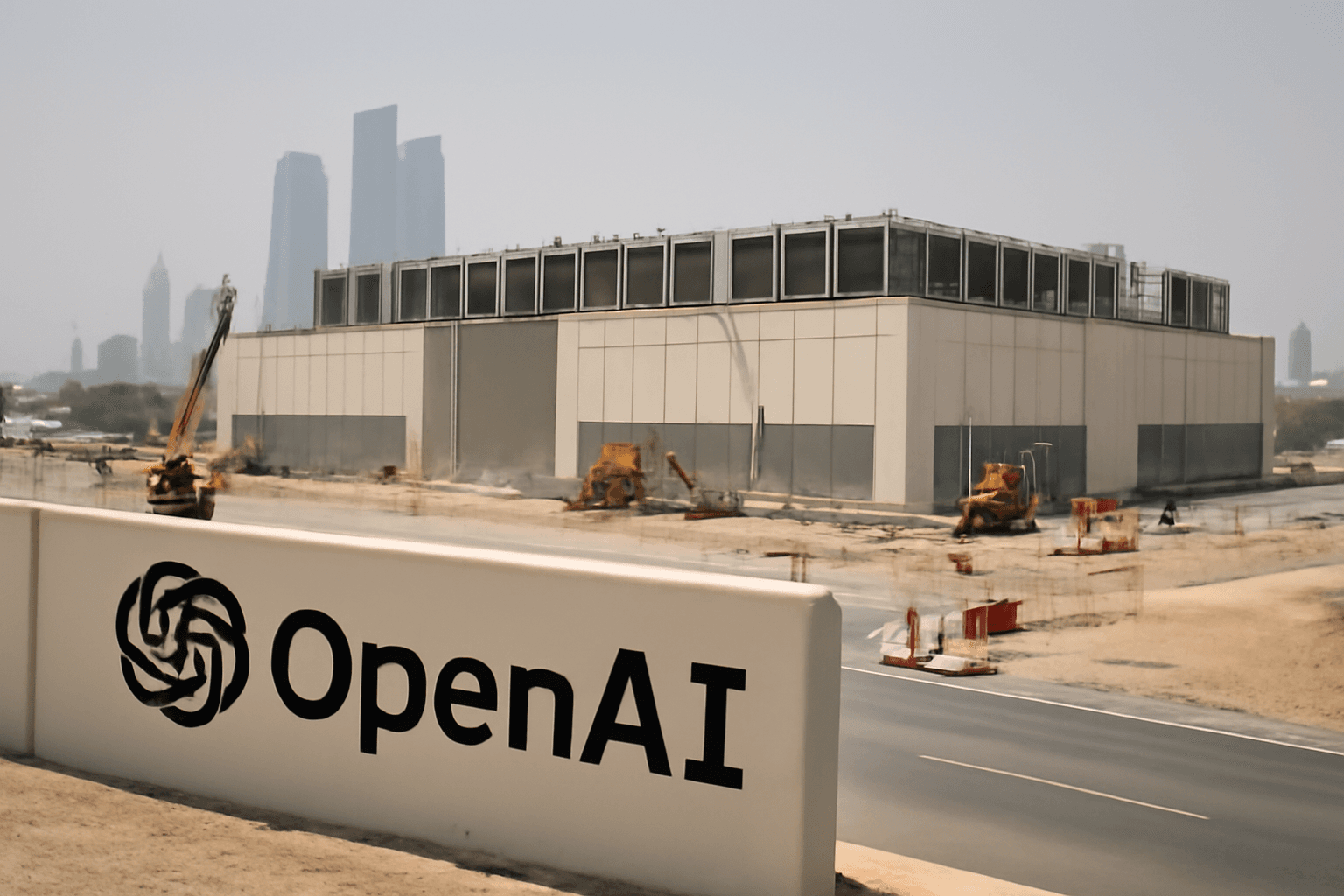Amazon Announces Job Cuts in Cloud Computing Division
Amazon has confirmed it is reducing its workforce within Amazon Web Services (AWS), the company’s flagship cloud computing unit. While the precise number of layoffs remains undisclosed, the move marks the continuation of a broader trend of workforce optimization at Amazon.
Strategic Workforce Review Spurs Difficult Decisions
In a statement, Amazon spokesperson Brad Glasser explained, "After a thorough review of our organization, our priorities, and what we need to focus on going forward, we've made the difficult business decision to eliminate some roles across particular teams in AWS." He emphasized the company’s commitment to supporting affected employees through this transition.
Though Amazon declined to specify which AWS units were impacted or the scale of the cuts, industry sources first reported the layoffs via Reuters.
Context: AWS Revenue Growth and Organizational Restructuring
AWS witnessed a slowdown in revenue growth during the first quarter of 2025, with sales increasing 17% to $29.27 billion, down from an 18.9% growth rate the previous year. This momentum deceleration, coupled with Amazon’s mission to streamline operations, appears to be driving these reductions.
Importantly, Amazon clarified the layoffs are not primarily driven by the company’s investments in artificial intelligence (AI), but rather a refocusing of priorities and efficiency improvements. Despite the cuts, hiring continues selectively within AWS.
Wider Implications: Amazon's Multi-Year Cost-Cutting Campaign
Since 2022, Amazon has navigated a significant workforce reshaping, having laid off over 27,000 employees across various divisions. AWS, along with Amazon’s retail and devices units, have each been touched by job reductions aimed at tightening operational costs amid evolving business strategies.
Within AWS, jobs tied to physical stores technology and sales and marketing functions have been notably affected. These shifts underscore the company's balancing act between investing in innovation while maintaining fiscal discipline.
CEO Andy Jassy’s Vision: AI’s Role in Future Workforce Dynamics
Amazon’s CEO Andy Jassy recently predicted further workforce adjustments as artificial intelligence increasingly reshapes job functions. He remarked, "We will need fewer people doing some of the jobs that are being done today, and more people doing other types of jobs." This signals a transformative period where AI could reduce certain traditional roles while catalyzing new ones.
Such commentary reflects broader industry concerns and opportunities regarding AI's impact on employment and organizational structures. Jassy noted, "It's hard to know exactly where this nets out over time, but in the next few years, we expect that this will reduce our total corporate workforce."
What This Means for the Future of Cloud Jobs and AI Integration
Amazon’s ongoing layoffs, particularly in a critical sector like cloud computing, raise important questions about the evolving nature of tech employment in a rapidly digitizing economy. With AWS serving as a global cloud powerhouse, workforce changes there signal shifts in demand for specialized skills.
Moreover, the company's strategy underscores a key trend: as AI technologies mature, companies will likely prioritize workforce agility and continuous learning. This could intensify competition for talent adept in AI, machine learning, and cloud engineering.
Underreported Insight: The Human Side of Tech Restructuring
While corporate statements highlight commitment to supporting impacted employees, the realities of layoffs provoke personal and community challenges that often escape mainstream coverage. The human cost behind such corporate restructuring deserves focused attention—ranging from emotional stress to the need for effective reskilling programs.
Editor’s Note
Amazon’s latest wave of layoffs within AWS reflects a larger pivot in both corporate strategy and the evolving nature of cloud computing jobs. As AI transforms the technological landscape, companies face tough choices balancing innovation and workforce optimization. Observers should watch how Amazon’s restructuring influences broader industry hiring trends and what support systems emerge for displaced workers in the tech sector.
For policymakers and stakeholders, facilitating skill development and ensuring equitable opportunities for transitioning employees will be vital in this new era shaped by artificial intelligence.



















